Last week some people began noticing that large banner ads were appearing on Google for a select few branded search results. This test of huge banner ads has caused quite a bit of a stir across the internet, especially because it seems to break a promise Google made all the way back in 2005.
When Google partnered with AOL eight years ago, Marissa Mayer, then Google VP of search products and user experience, issued a promise that users would never see banner ads on their results. She said:
“There will be no banner ads on the Google homepage or web search result pages. There will not be crazy, flashy, graphical doodads flying and popping all over the Google site. Ever.”
One could argue that some of the Google Doodle homepage logos commemorating special events would qualify as “crazy, flashy, graphical doodads”, those have never caused any worry because they are simply a flourish added to the homepage logo. However, it is indisputable that the new ad tests Google is running breaks their “no banner ads” promise outright. But, is it a bad thing?
The most notable aspect of the banner ads is that they only appear for branded searches. That means, if you search for Crate & Barrel, you might be shown the banner for Crate & Barrel. You won’t, however, be seeing any ads for random companies unrelated to your search, as you would normally associate with the term ‘banner ad’.
These ads are also linked to the brand’s website, providing users with an obvious, visually pleasing way to immediately find the business they are looking for. With careful moderation of banners, they could potentially allow businesses to essentially own their branded searches.
One of the biggest concerns for consumers regarding these ads is how they are used. Few users will be upset for the easily identifiable link with an aesthetically pleasing image showing when they search for a specific brand. However, if this test expands and advertisers are ever allowed to use these banners to advertise sales or other more advertising-styled banners, there may be a backlash.
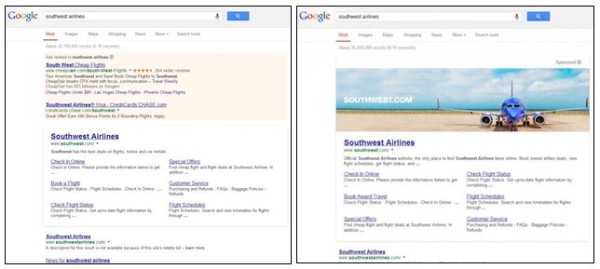
Currently, it is estimated that 30 advertisers are currently being involved in the test, including Southwest Airlines, Virgin America, and Crate & Barrel. The test banner ads are also only being shown for 5 percent or less of search queries, so it is entirely possible you won’t run into one for quite a while.
Search Engine Land has created a FAQ for advertisers curious how this might affect the future of Google marketing, and Google released a statement on Friday, which read:
“We’re currently running a very limited, US-only test, in which advertisers can include an image as part of the search ads that show in response to certain branded queries. Advertisers have long been able to add informative visual elements to their search ads, with features like Media Ads, Product Listing Ads and Image Extensions.”


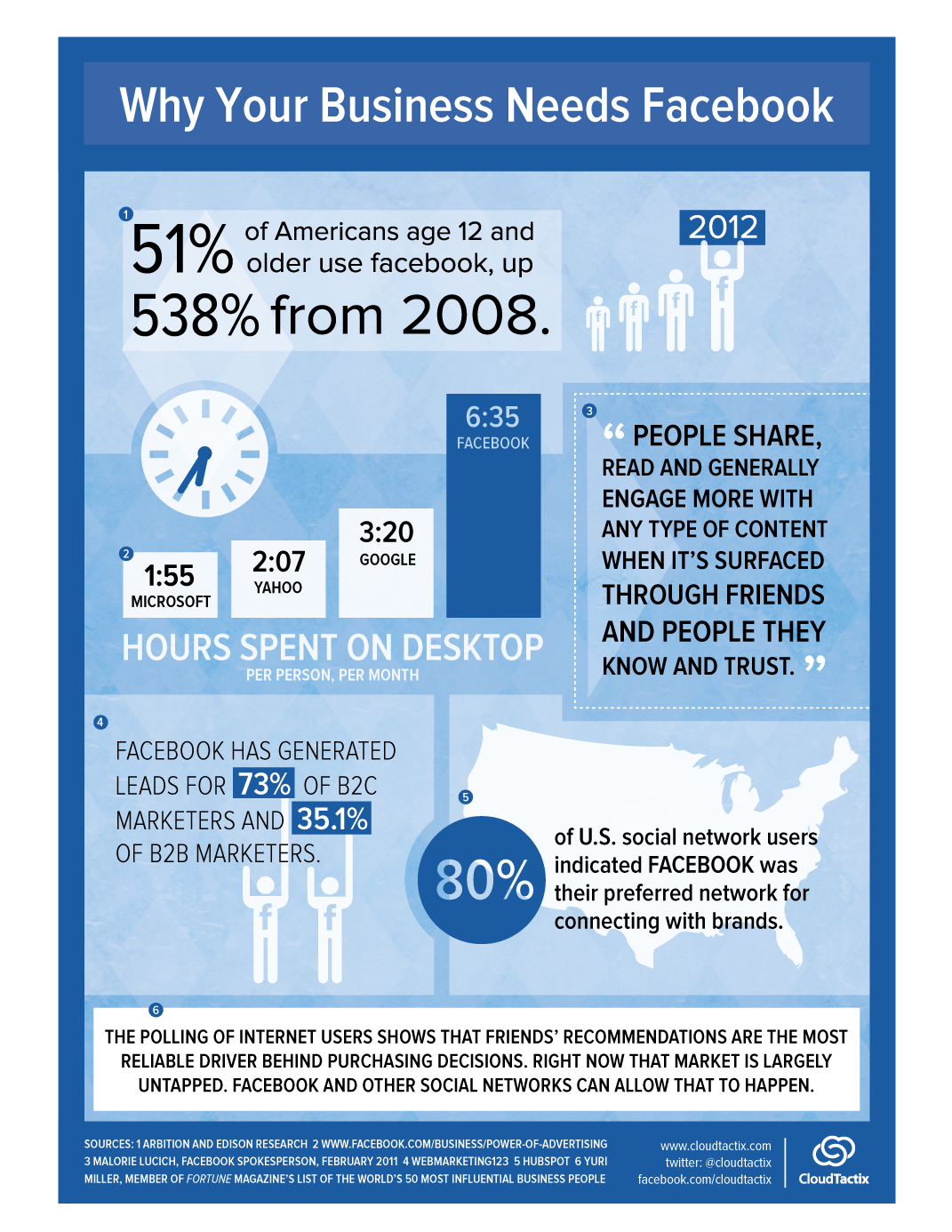
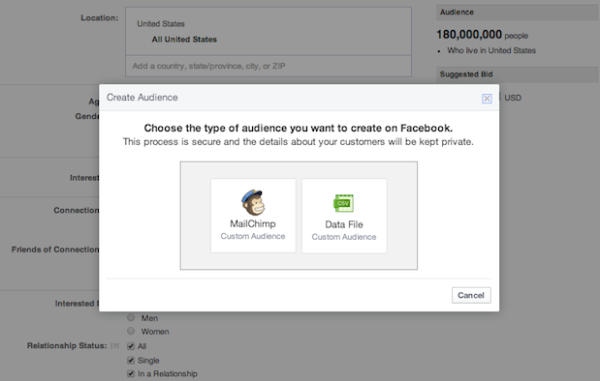
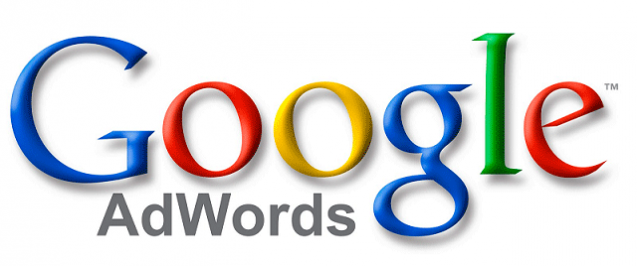 You might not have noticed, but AdWords is working a little different since an algorithm update was quietly introduced on Tuesday. For the most part, not much is different, but there is a notable change in the ad extensions are now working as a factor in determining as positioning.
You might not have noticed, but AdWords is working a little different since an algorithm update was quietly introduced on Tuesday. For the most part, not much is different, but there is a notable change in the ad extensions are now working as a factor in determining as positioning.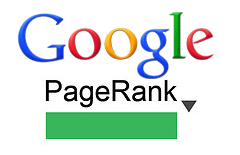 There has been quite a bit of speculation ever since Matt Cutts publicly stated that Google wouldn’t be updating the PageRank meter in the Google Toolbar before the end of the year. PageRank has been assumed dead for a while, yet Google refuses to issue the death certificate by assuring us they currently have no plans to outright scrape the tool.
There has been quite a bit of speculation ever since Matt Cutts publicly stated that Google wouldn’t be updating the PageRank meter in the Google Toolbar before the end of the year. PageRank has been assumed dead for a while, yet Google refuses to issue the death certificate by assuring us they currently have no plans to outright scrape the tool.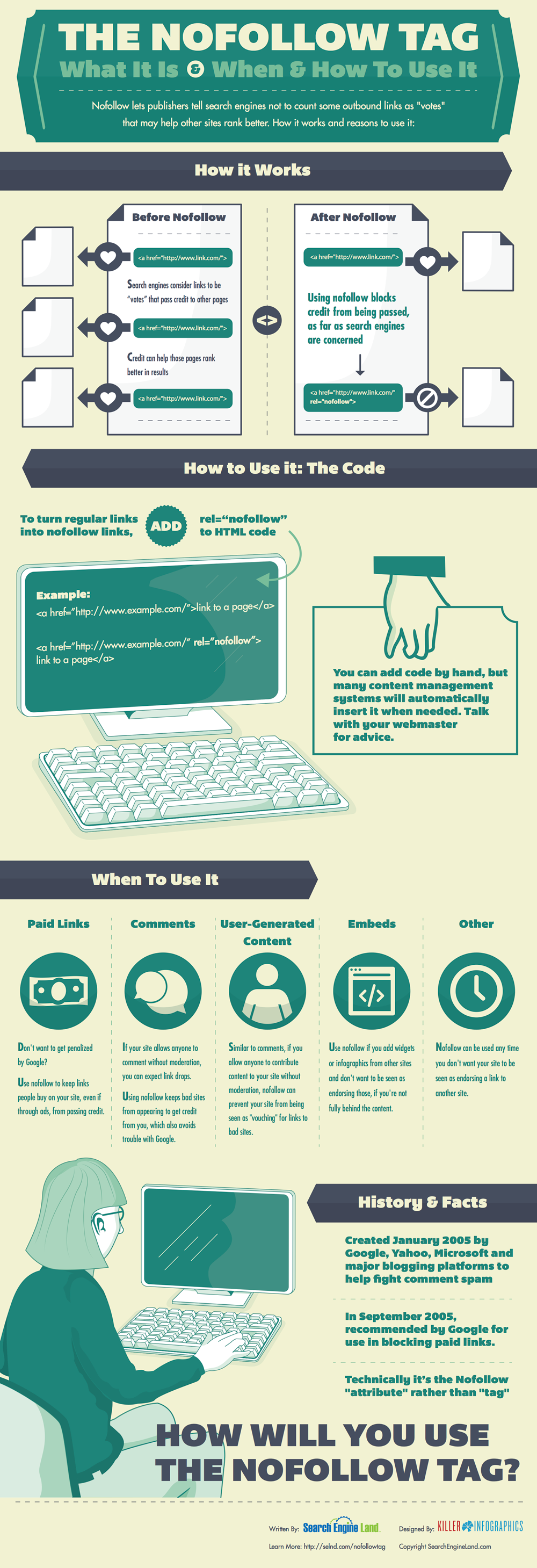
 A couple weeks ago, Google released an update directly aimed at the “industry” of websites which host mugshots, which many aptly called The Mugshot Algorithm. It was one of the more specific updates to search in recent history, but was basically meant to target sides aiming to extort money out of those who had committed a crime. Google purposefully targeted those sites who were ranking well for names and displayed arrest photos, names, and details.
A couple weeks ago, Google released an update directly aimed at the “industry” of websites which host mugshots, which many aptly called The Mugshot Algorithm. It was one of the more specific updates to search in recent history, but was basically meant to target sides aiming to extort money out of those who had committed a crime. Google purposefully targeted those sites who were ranking well for names and displayed arrest photos, names, and details.

